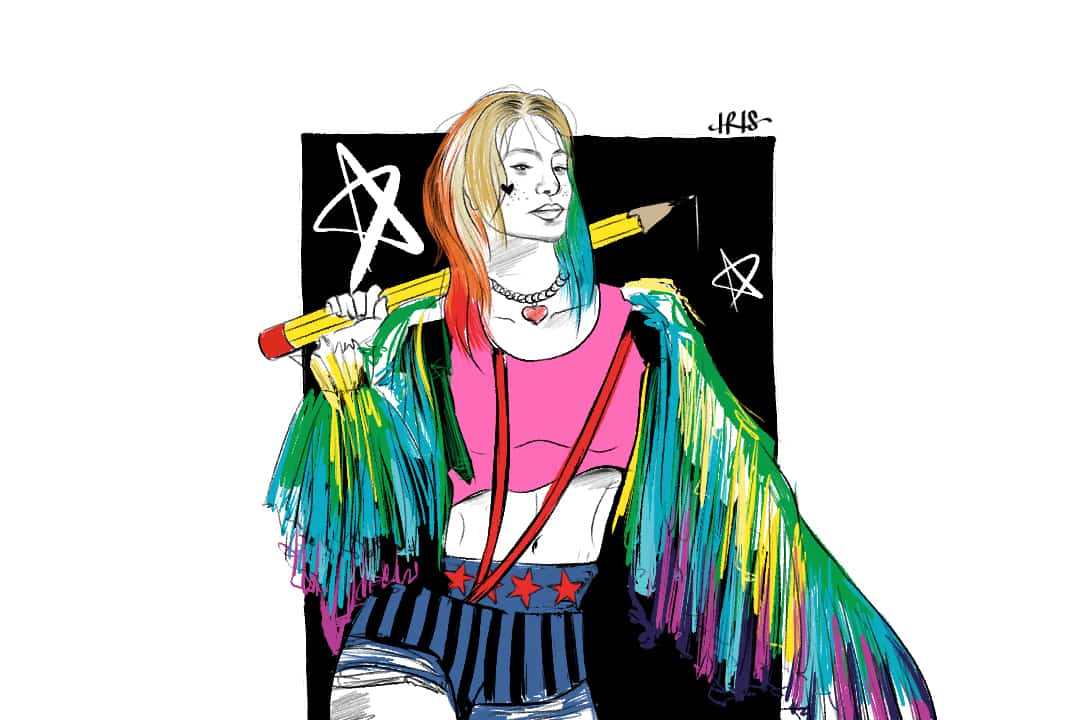Harley Quinn is the spark before the flame — a brief flash of hope that is lost before it becomes tangible. Margot Robbie audaciously embodies this character’s whimsical ferocity, swinging between pining romantic and deviant Powerpuff Girl with ease. Her world is one where structure becomes irrelevant.
Just as the plot zig-zags between tangential backstories and plotlines the likes of a Shakespearean tragedy — in which our hero desperately rescues a bodega breakfast sandwich in peril — Quinn, too, refuses to play by the rules. Her story is anything but straightforward, and she must be understood as the product of the world that made her.
Directed by Cathy Yan and written by Christina Hodson, Birds of Prey: And the Fantabulous Emancipation of One Harley Quinn has a specificity that is undeniably indulgent and juvenile. It embraces the preconceived notions of a healthy, functioning friendship between women — mild criticism, shared hair ties, trash-talking boys — and uses these to colour a different kind of femme fatale’s world.
This is not a film that aims to make a splash with its feminist message, which is obvious and only vaguely detailed. The film’s appearance in cinemas and in box offices is a statement unto itself. However well-acted, it’s not a masterpiece, nor is it an intellectually captivating cerebral shock. Birds of Prey is a blockbuster, a popcorn film in the same vein as The Avengers, The Fast and the Furious, and Step Up. It’s a movie about people and things that are impossibly unrealistic, vaguely relevant to our time, and really, really fun.
It’s perfect in its imperfection, poignant in its vacuousness. But finally, it’s a woman-centric film that dares to take creative risks — risks that divorce its creators from the burden of the representation of women. It’s conventional in a way that is frustrating and disappointing, but, like Quinn herself finds in the film, there’s only so much that can be done in Gotham. Within these frameworks, Yan and Hodson work hard to illustrate anarchy and anguish.
This one was for all the little girls who grew up wanting to be spies, assassins, and badass women, but were sidetracked by hair, nails, brows, and beauty. For all the girls who nevertheless had their anger manifest into words that were too biting and too crass for what was expected of women. This is for all the girls who saw their anger replaced by pink, dreamy soundscapes forever lost to structure and profit, but nevertheless rose up in defiance, in retaliation, weaponizing the very tools that were meant to distract them from their own silence.
The punk-pop inspired soundtrack shook my heart right to its core and brought me back to my 15-year-old angst, setting the mood for teenage rebellion. It gives angry teen girls everywhere a glimpse into the virtues of irreverence — a third option in the virgin-versus-whore debate — as these women seem to be having all of the fun. Finally, the movie is opulence in all the right ways.
I’m probably giving Birds of Prey too much credit, but I’ve always loved to turn off my brain and watch gratuitous made-for-the-masses blockbusters. Guiltless fun doesn’t always come easy for women, especially when watching action or comedy films, which so often use over-sexualized and under-developed women characters as punchlines and set décor.
Instead, Birds of Prey takes delight in its comic book origins, crafting larger-than-life characters who remarkably rely on personality and circumstance to entertain their audience. It’s not perfect, but it’s flawed in the same way that we allow male-driven films to be. To quote the always-poignant Quinn, “If you want boys to respect you, show them you’re serious. Shoot something, blow it up!”


